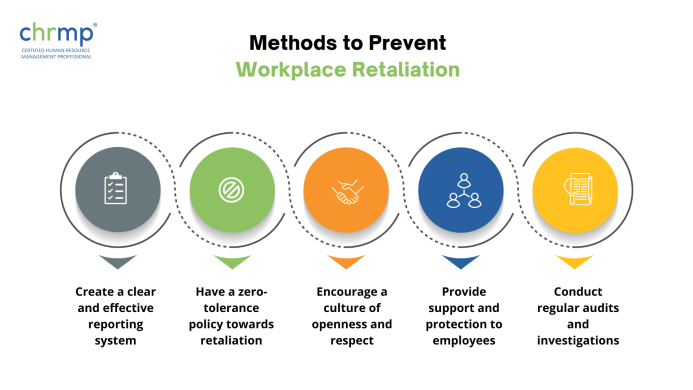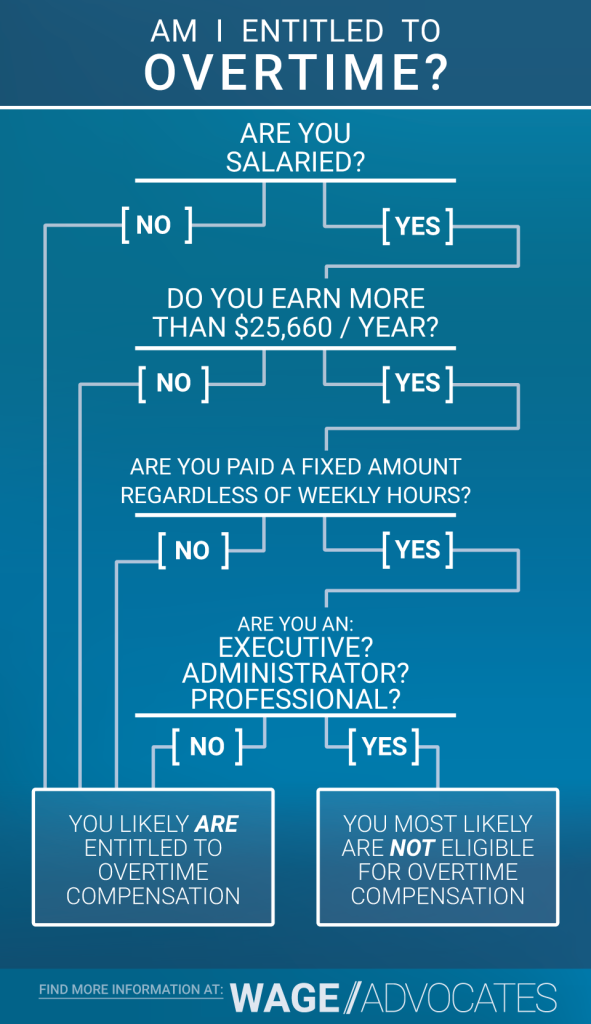
Master Your Virtual Impression: The Ultimate Guide to Video Interviewing Best Practices
In today’s fast-paced job market, the traditional in-person interview is increasingly being replaced by its digital counterpart: the video interview. Whether you’re applying for a remote role or a local position, chances are your first (or even second) conversation with a potential employer will happen over a screen.
This shift means that mastering the art of the video interview is no longer optional – it’s essential for career success. But don’t worry! While it might feel a little different, acing a video interview is totally achievable with the right preparation and mindset.
This comprehensive guide will walk you through everything you need to know, from technical setups to communication strategies, ensuring you make a stellar impression and stand out from the crowd.
Why Video Interviews Matter More Than Ever
Video interviews offer convenience for both candidates and employers, allowing for broader talent pools and faster hiring processes. However, they also present unique challenges. Without the benefit of a physical handshake or the subtle cues of an in-person meeting, your on-screen presence, technical reliability, and clear communication become even more critical.
The goal? To project professionalism, confidence, and genuine interest, even through a screen.
Phase 1: Pre-Interview Preparation – Setting Yourself Up for Success
Success in a video interview begins long before you click "Join Meeting." Thorough preparation is key to minimizing stress and maximizing your chances of a great impression.
1. The Essential Tech Check: Don’t Let Glitches Derail You!
- Internet Connection: This is your lifeline!
- Test your Wi-Fi: Run a speed test (search "internet speed test" on Google). Aim for a stable connection.
- Consider a wired connection: If possible, plug directly into your router with an Ethernet cable for maximum stability.
- Have a backup plan: Know if your phone’s hotspot can be used in a pinch, but test it beforehand.
- Device Readiness:
- Charge your laptop/tablet: Don’t rely on battery power – plug it in!
- Update software: Ensure your operating system and the video conferencing app (Zoom, Google Meet, Skype, Microsoft Teams, etc.) are up to date.
- Restart your device: A quick restart can clear out background processes and prevent slowdowns.
- Camera Quality:
- Clean your lens: Use a soft cloth to wipe your webcam lens. A blurry image looks unprofessional.
- Position at eye level: Use books or a stand to raise your laptop/monitor so your camera is at the same height as your eyes. This helps create a more natural line of sight.
- Microphone & Audio:
- Test your mic: Most video platforms have a test feature. Speak naturally to ensure your voice is clear and loud enough.
- Use headphones with a mic: This is highly recommended! Headphones block out background noise for you and prevent echo for the interviewer. Earbuds with built-in mics work well too.
- Mute notifications: Turn off all notifications on your computer and phone.
- Video Conferencing Platform:
- Download and practice: If it’s a new platform for you, download it well in advance and do a test call with a friend.
- Create an account/profile: Ensure your display name is professional (e.g., "Jane Doe," not "GamingMaster99").
2. The Ideal Interview Environment: Your Professional Bubble
- Lighting is Key:
- Face the light source: Position yourself so natural light (from a window) or a lamp is in front of you, illuminating your face.
- Avoid backlighting: Don’t sit with a bright window behind you, as it will make you appear as a dark silhouette.
- No harsh overhead lights: These can cast unflattering shadows.
- Background Matters:
- Clean and uncluttered: Choose a plain wall, a tidy bookshelf, or a minimalist space.
- Professional and neutral: Avoid anything distracting, personal, or controversial in the background. No messy beds, political posters, or excessive clutter.
- Virtual backgrounds: Use with caution. If your device supports it well and it doesn’t look glitchy, a professional, subtle virtual background (like a blurred office or plain wall) can work. Test it extensively!
- Sound Control:
- Quiet space: Choose a room where you won’t be interrupted by family, roommates, or pets.
- Inform others: Let anyone else in your household know you have an important interview and need quiet.
- Close windows/doors: Minimize external noise.
3. Personal Preparation: Mind, Body, and Wardrobe
- Research, Research, Research:
- Company: Understand their mission, values, recent news, and culture.
- Role: Know the job description inside out and be ready to explain how your skills align.
- Interviewer(s): If you know who you’ll be speaking with, look them up on LinkedIn.
- Practice Your Answers:
- Common questions: "Tell me about yourself," "Why are you interested in this role/company?" "What are your strengths/weaknesses?"
- Behavioral questions: Use the STAR method (Situation, Task, Action, Result) to structure your answers for questions like "Tell me about a time you faced a challenge…"
- Practice out loud: Record yourself if possible and watch it back.
- Dress the Part:
- Professional attire: Dress as you would for an in-person interview. This usually means business casual or business professional, even if only your top half shows.
- Solid colors: Avoid busy patterns or stripes that can be distracting or cause a "moire" effect on camera.
- Grooming: Ensure your hair is tidy and you look well-presented.
- Have Notes Handy (Discreetly):
- Key points: Jot down a few bullet points of things you want to remember to say or questions you want to ask.
- Position them: Place them slightly below your camera so you can glance at them without looking away too much.
- Avoid reading: Never read directly from notes. They are prompts, not a script.
- Stay Hydrated: Have a glass of water nearby. A dry throat can impact your voice.
- Get in the Zone: Take a few deep breaths, review your notes, and mentally prepare yourself a few minutes before the interview starts.
Phase 2: During the Interview – Nailing Your Virtual Presence
Once the interview begins, it’s all about effective communication and projecting confidence through the screen.
1. Master Your Body Language & Eye Contact
- Look at the Camera, Not the Screen: This is crucial! It simulates direct eye contact with the interviewer. It might feel unnatural at first, but practice looking at the little camera lens (the "dot") on your device.
- Tip: If you need to look at notes or the interviewer’s face on the screen, do so briefly, then return your gaze to the camera.
- Confident Posture: Sit up straight with your shoulders back. This not only looks professional but also helps you breathe easier and speak more clearly.
- Natural Hand Gestures: Use your hands naturally, but avoid overly large or distracting gestures. Keep them within the frame of the camera if possible.
- Smile and Nod: A genuine smile makes you appear approachable and engaged. Nodding occasionally shows you’re listening actively.
2. Effective Verbal Communication
- Speak Clearly and Slowly: Enunciate your words. The internet can sometimes cause audio delays or dropouts, so speaking at a moderate pace helps ensure you’re fully understood.
- Listen Actively: Pay attention to the interviewer’s questions. Avoid interrupting. It’s okay to take a brief pause before answering to collect your thoughts.
- Avoid Filler Words: Try to minimize "um," "uh," "like," etc. A short silence is better than a string of filler words.
- Be Concise, Yet Thorough: Answer questions completely but avoid rambling. Get to the point efficiently.
- Ask Thoughtful Questions: Always have a few questions prepared for the interviewer. This demonstrates your interest and engagement. Ask about team culture, daily responsibilities, future projects, or company growth.
3. Handling Technical Glitches Gracefully
- Stay Calm: If the connection drops or audio cuts out, don’t panic.
- Communicate: Politely say, "It looks like your audio cut out for a moment, could you please repeat that?" or "My connection seems unstable; should I try rejoining?"
- Have contact info ready: Have the interviewer’s email or phone number handy in case the connection fails completely.
Phase 3: Post-Interview Follow-Up – Reinforce Your Interest
The interview isn’t over until you’ve sent a thank you. This final step is crucial for leaving a lasting positive impression.
- Send a Timely Thank You Email:
- Within 24 hours: Send it promptly after the interview.
- Personalize it: Reference specific points or conversations you had.
- Reiterate your interest: Briefly state why you’re excited about the role and company.
- Proofread: Double-check for any typos or grammatical errors.
- Professional Follow-Up (If Necessary):
- If you don’t hear back within the communicated timeframe, a polite follow-up email after a week or so is acceptable.
- Keep it brief and professional.
Common Video Interview Pitfalls to Avoid
Even with all the best intentions, mistakes can happen. Be mindful of these common missteps:
- Poor Internet Connection: Leads to freezing, lagging, and frustration.
- Distracting Background: Clutter, inappropriate items, or too much activity behind you.
- Bad Lighting: Too dark, too bright, or shadows on your face.
- Inappropriate Attire: Looking too casual or unkempt.
- Lack of Eye Contact: Staring at yourself on screen or looking away too much.
- Reading from Notes: It’s obvious and makes you seem unprepared.
- Interrupting the Interviewer: Be patient and wait for your turn to speak.
- Forgetting to Ask Questions: Shows a lack of interest.
- Not Sending a Thank You: A missed opportunity to reinforce your enthusiasm.
- Chewing Gum or Eating: Highly unprofessional.
Conclusion: Your Path to Video Interview Success
Video interviewing is here to stay, and by following these best practices, you can transform a potentially awkward experience into a powerful opportunity to showcase your skills and personality. Remember, preparation is your superpower.
Before every video interview:
- Test your tech.
- Set up your space.
- Prepare yourself mentally and professionally.
During the interview, focus on clear communication, confident body language, and genuine engagement. And don’t forget that crucial follow-up!
By implementing these strategies, you’ll not only navigate the virtual interview landscape with ease but also stand out as a polished, professional, and highly desirable candidate. Good luck – you’ve got this!




Post Comment